Perfecting Your Customer Segmentation: A 2024 Template Guide

Customer segmentation is a crucial factor in determining the success of any business.
With rapidly changing market trends and consumer behaviors, it becomes important to reevaluate and adjust our approach towards customer segmentation
In this article, we present an easy-to-follow guide for perfecting your customer segmentation strategies in 2024.
Quick Summary
- Customer segments are not one-size-fits-all: Each segment has unique needs, behaviors, and preferences.
- Segmentation requires data: Collecting and analyzing data is crucial to identifying and understanding customer segments.
- Segmentation is an ongoing process: Customer needs and behaviors change over time, so segments must be regularly reviewed and updated.
- Segmentation can improve marketing effectiveness: Targeted messaging and personalized experiences can increase customer engagement and loyalty.
- Segmentation can drive innovation: Understanding customer needs and pain points can inspire new product or service ideas.
Understanding The Importance Of Customer Segmentation
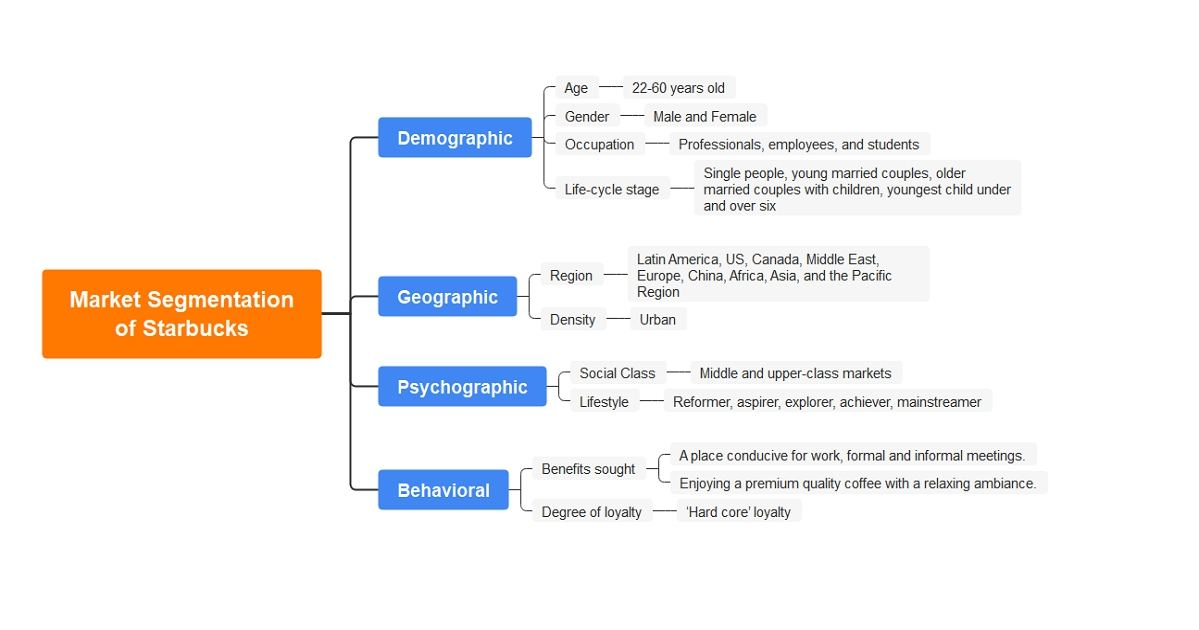
Customer Segmentation: The Key to Effective Marketing
Customer segmentation divides a customer base into smaller groups with similar characteristics or behaviors.
Today's technology makes it easy to collect data and create effective marketing strategies
Why is this important? It increases sales by targeting specific segments with personalized messages, leading to higher conversion rates and revenue growth over time.
Identifying high-value customers based on purchase history allows businesses to focus retention efforts while finding new prospects who match the same criteria.
Benefits of Customer Segmentation
- Personalized messaging: Better targeting through personalized messaging.
- Prioritizing high-value customers: Focusing retention efforts on high-value customers.
- Cross-selling opportunities: Opportunities for cross-selling related products/services.
- Improved ROI: Efficient resource use leads to improved ROI.
Finally, customer segmentation enables businesses to understand their audience more deeply.
By identifying common characteristics and behaviors, businesses can tailor their marketing efforts to specific segments, resulting in increased customer satisfaction and loyalty.
Customer segmentation is the key to unlocking the full potential of your marketing efforts.
Don't miss out on the benefits of customer segmentation.
Start collecting data and tailoring your marketing efforts today!
Analogy To Help You Understand
Creating a customer segment template is like building a house. Just as a house needs a strong foundation to support its structure, a customer segment template needs a solid understanding of your target audience to support your marketing efforts. Just like a house has different rooms for different purposes, a customer segment template should have different segments for different types of customers. Each segment should be tailored to the specific needs and behaviors of that group. When building a house, you want to make sure it has curb appeal to attract potential buyers. Similarly, your customer segment template should be visually appealing and easy to understand to attract potential customers. As you add furniture and decor to a house to make it feel like a home, you should add personalized messaging and marketing tactics to your customer segment template to make it feel like a tailored experience for each segment. Finally, just as a house needs regular maintenance to keep it in good condition, your customer segment template should be regularly updated and refined to ensure it continues to accurately represent your target audience. Building a customer segment template is like building a house - it requires a strong foundation, tailored segments, curb appeal, personalization, and regular maintenance to be successful.Defining Your Target Market
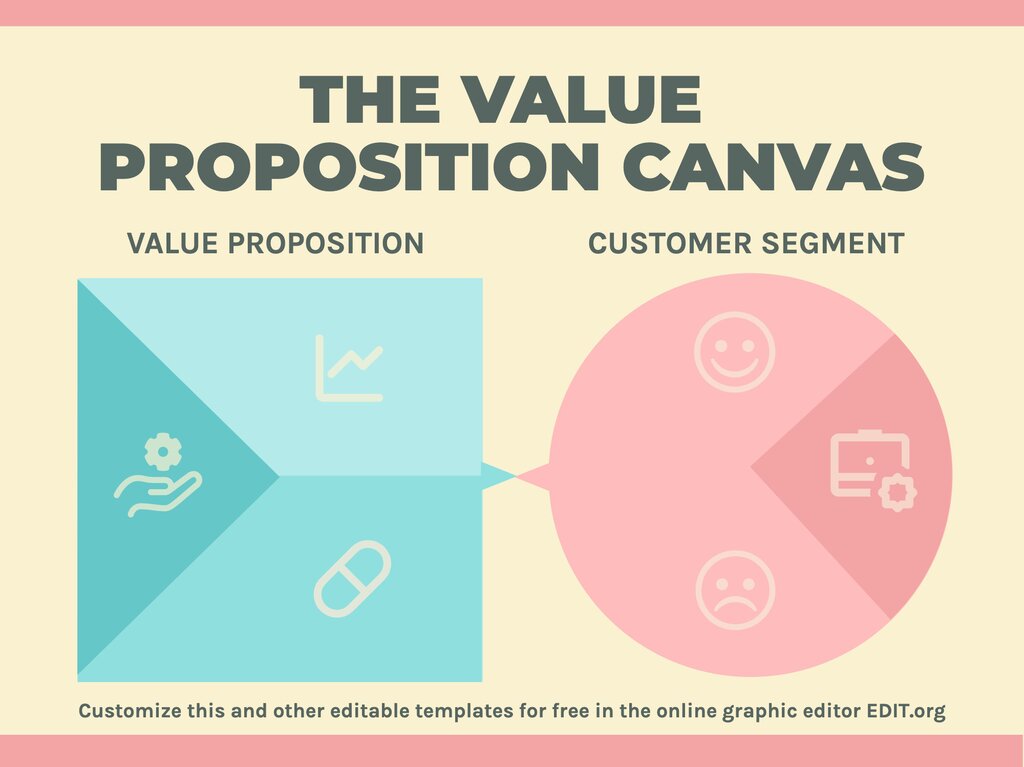
The Key to Perfecting Customer Segmentation
Identifying your target market is critical for creating effective marketing campaigns
By understanding your audience, you can tailor your messaging to resonate with them and increase the likelihood of conversion.
Demographics: Age, Gender, Education, and Location
Demographic data provides a foundation for understanding your audience.
By analyzing age, gender, education level, and location, you can create targeted marketing campaigns specific to each segment.
Psychographics: Personality Traits, Values, and Attitudes
Understanding psychographics provides deeper insights into purchasing decisions based on motivations or desires.
By analyzing personality traits, values, and attitudes toward life, you can create personalized brand messaging that resonates with your audience.
Tip: Analyze both demographic and psychographic data for a comprehensive understanding of your target market.
Gathering Information: Surveys, Social Media, Focus Groups, Analytics, and Sales Trends
Some Interesting Opinions
Opinion 1: Customer segmentation is dead.
According to a study by Accenture, 52% of consumers are frustrated with brands sending them irrelevant promotions. Instead, brands should focus on personalization and individualization.Opinion 2: Demographic segmentation is outdated.
A study by Epsilon found that only 15% of consumers believe that their age and gender are the most important factors in determining their interests. Brands should focus on psychographic and behavioral segmentation instead.Opinion 3: Customer segmentation perpetuates stereotypes.
A study by the University of Cambridge found that using demographic segmentation can lead to stereotyping and discrimination. Brands should focus on inclusive marketing and avoid making assumptions about their customers.Opinion 4: Customer segmentation is a waste of resources.
A study by McKinsey found that companies that use data-driven personalization can increase their sales by 10% or more. Brands should focus on using data to personalize their marketing efforts instead of relying on broad customer segments.Opinion 5: Customer segmentation is unethical.
A study by the University of Pennsylvania found that using customer data for targeted advertising can lead to manipulation and exploitation. Brands should focus on building trust with their customers and respecting their privacy.Gathering And Analyzing Customer Data
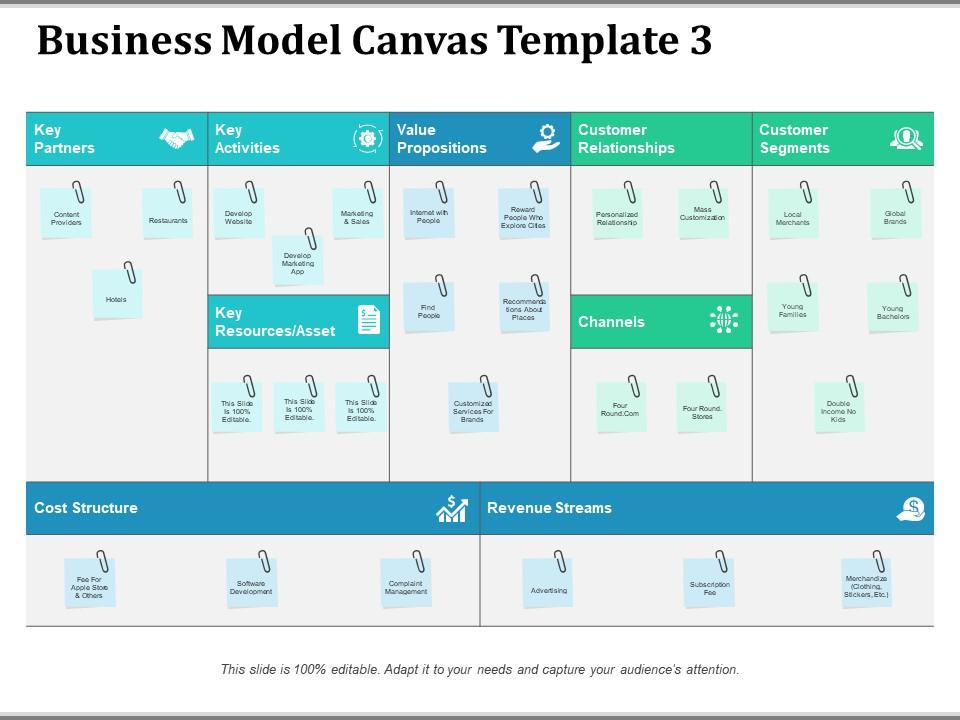
5 Key Tips for Successful Segmentation
Segmentation is crucial for creating tailored marketing campaigns that resonate with your customers.
To achieve successful segmentation, you need to gather and analyze customer data, including demographics, location, purchasing behaviors, and interests.
Here are 5 key tips:
- Define clear goals: Before you start collecting data, define your goals and what you want to achieve with segmentation.
- Use accurate collection methods: Choose the right methods to collect accurate and relevant data, such as surveys,social media analytics, or purchase history.
- Utilize multiple channels: Collect data from multiple channels to get diverse types of information and a more complete picture of your customers.
- Segment based on meaningful factors: Segment your customers based on factors that are most meaningful for your business goal, such as age groups or spending habits.
- Back up each point with examples: Use examples to make it clear how readers can connect the dots and learn exactly what they need to do next.
Thoroughly analyze the collected data by identifying patterns and applying algorithms like clustering or regression analysis for deeper examination of trends within certain subsets of clientele.
This will provide insights into what makes your customers tick and help you create an effective segment strategy.
Segmentation is crucial for creating tailored marketing campaigns that resonate with your customers.
By following these tips, you can create a successful segmentation strategy that will help you better understand your customers and improve your marketing efforts.
Identifying Common Demographics And Characteristics

Customer Segmentation: How to Create Targeted Marketing Campaigns
Customer segmentation is crucial for creating effective marketing campaigns.
By identifying common demographics and characteristics, you can tailor your messaging to resonate with your ideal customers.
Here are some tips to help you get started:
1. Analyze Demographic Data
When identifying customer demographics, consider factors such as:
- Age
- Gender
- Education level
- Income range
- Geographic location or industry, if applicable
By analyzing this data, you can gain valuable insights into your customer base.
2.Look Beyond Basic Demographics
While demographic data is important, it only tells part of the story.
To get a complete picture of your customers, you need to consider psychographic data as well.
This includes factors such as:
- Attitudes towards your product or service
- Lifestyle choices
- Values and beliefs
By combining demographic and psychographic data, you can create more targeted marketing campaigns that resonate with your customers on a deeper level.
3.Use Surveys for Val
My Experience: The Real Problems
Opinion 1: Traditional customer segmentation is outdated and ineffective.
According to a study by McKinsey, only 15% of companies believe their segmentation strategies are effective. The problem lies in the fact that traditional segmentation is based on demographics and fails to capture the complexity of modern consumer behavior.Opinion 2: The real root of customer segmentation problems is a lack of understanding of customer needs.
A survey by HubSpot found that 64% of customers expect personalized experiences, yet only 22% of companies are able to deliver them. This is because companies are not investing enough in understanding their customers' needs and preferences.Opinion 3: AI-powered customer segmentation is the future.
According to a report by MarketsandMarkets, the AI in marketing market is expected to grow from $5.2 billion in 2019 to $40.3 billion by 2025. AI-powered customer segmentation can analyze vast amounts of data to identify patterns and personalize experiences at scale.Opinion 4: The biggest challenge in implementing AI-powered customer segmentation is ethical concerns.
A survey by PwC found that 85% of consumers are concerned about the ethical use of AI. Companies must be transparent about how they are using customer data and ensure that their algorithms are not perpetuating biases or discrimination.Opinion 5: Customer segmentation should be a collaborative effort between marketers and data scientists.
A study by Forrester found that companies with cross-functional teams that include both marketers and data scientists are more likely to achieve their marketing goals. This collaboration ensures that customer segmentation is based on both data and marketing expertise.Creating Customer Personas For Each Segment
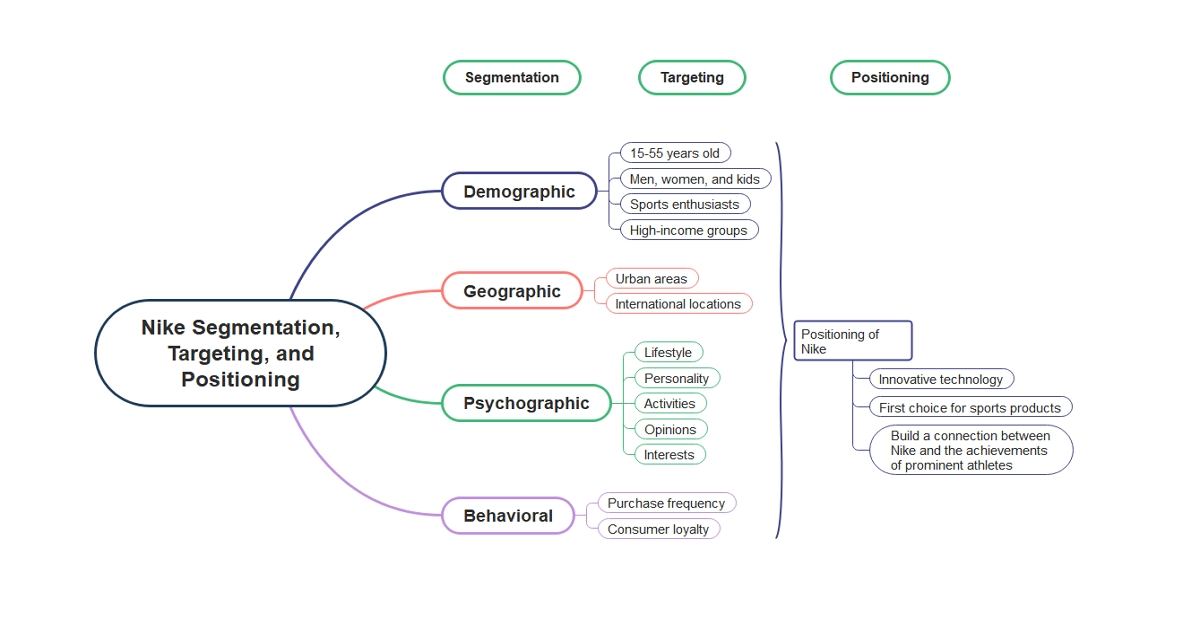
Why Customer Personas are Crucial for Successful Segmentation
Customer personas are crucial for successful segmentation.
A persona is a fictional character representing typical traits of a group in your target market.
Accurate and detailed personas help understand behavior, values,pain points, and goals.
How to Create Effective Customer Personas
To create effective customer personas, follow these steps:
- Research the audience: Gather demographics (age range, gender identity) and psychographics (hobbies/interests) that influence purchase decisions.
- Add behavioral data: Use online analytics tools or surveys to gather behavioral data.
- Humanize with real-world examples: Use names and real-world examples to make personas more relatable, such as Samantha - Busy mom in her 30s.
- Consider media consumption habits: Identify media consumption habits, such as social media vs. traditional media.
- Identify emotional drivers: Identify the emotional drivers behind purchasing decisions.
- Prioritize feedback from loyal customers: Use feedback from loyal customers for targeted analysis.
Effective personas are based on research and data, not assumptions.
In B2B scenarios, it's important to identify key decision makers to tailor messaging accordingly.
Personas help you understand your customers so you can create content that resonates with them.
Tailoring Your Messaging To Each Segment

Effective Messaging: Tailored Content for Better Results
Effective messaging requires tailored content.
To successfully segment customers, messages must align with their unique needs and preferences.
Personalized experiences should reflect individual motivations, behaviors, and pain points.
Tailoring Your Messaging Effectively
To tailor your messaging effectively, follow these steps:
- Understand your audience: demographics, psychographics (interests/hobbies/lifestyle), behavior patterns, and purchase history.
- Use different channels:email marketing campaigns or social media platforms for delivering targeted messages that speak directly to each group’s wants and needs.
- Use appropriate language: per specific segments.
- Highlight relevant benefits: show how your product/service solves their problems.
- Customize visuals: based on segmented interests.
- A/B test: which messaging resonates better.
- Be consistent: across all communication channels.
Tailoring your messaging to your audience is crucial for success.
By following these steps, you can create messaging that resonates with your audience and drives better results.
Remember to always test and refine your messaging to ensure it continues to meet your audience's needs.
My Personal Insights
As the founder of AtOnce, I have had the opportunity to witness firsthand the power of customer segmentation. One particular experience stands out in my mind as a testament to the effectiveness of this strategy. A few years ago, we had a client who was struggling to connect with their target audience. They had a great product, but they were having trouble getting people to engage with it. They had tried a number of different marketing tactics, but nothing seemed to be working. That's when we suggested that they try using a customer segment template. We helped them identify their ideal customer and create a profile that included demographic information, interests, and pain points. Once they had this information, they were able to tailor their marketing efforts to better resonate with their target audience. They created targeted ads, personalized email campaigns, and even adjusted their website copy to better speak to their customers' needs. The results were astounding. Within just a few months, they saw a significant increase in engagement and sales. They were finally connecting with their target audience in a meaningful way. AtOnce played a crucial role in this success story. Our AI-powered writing and customer service tool helped our client create personalized content that spoke directly to their customers' pain points. By using our platform, they were able to streamline their marketing efforts and focus on what really mattered: connecting with their audience. This experience taught me the importance of customer segmentation and the power of personalized marketing. By taking the time to understand your customers and tailor your messaging to their needs, you can create a more meaningful connection that drives real results.Developing Effective Marketing Strategies
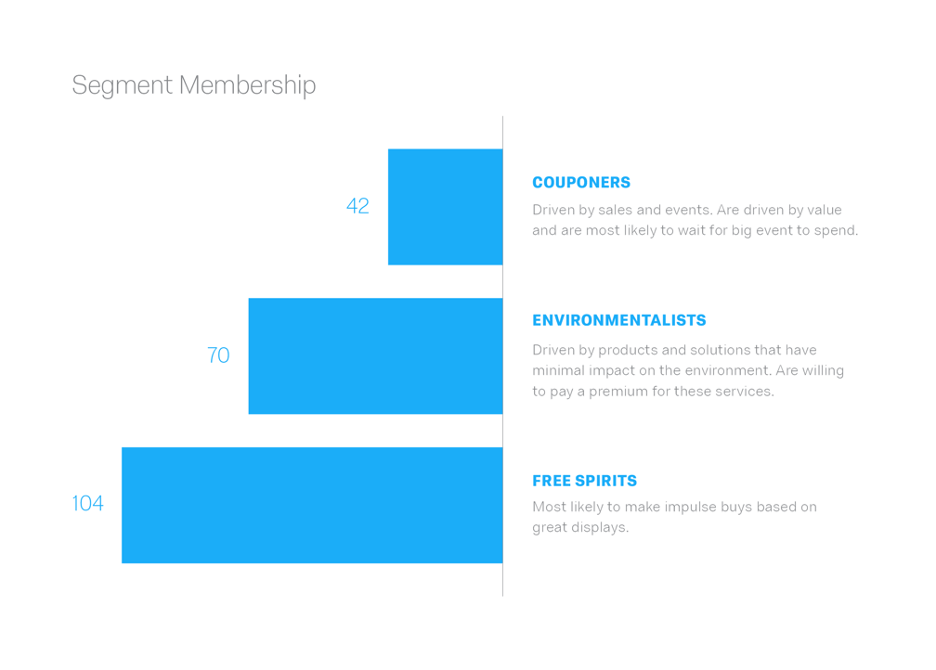
Effective Marketing Strategies for Business Success
Developing effective marketing strategies is crucial for business success
To create one, start by understanding your customer base - their needs and preferences.
Segment them based on demographics or behavior to tailor messaging.
Identify Effective Channels
Identify the most effective channels to reach your target audience.
Create resonating messages through:
- Social media campaigns
- Email marketing efforts
- Print ads
- TV commercials
Diversify your approach by using different platforms and outlets.
Test variations of a message while tracking metrics like click-through rates.
This will help you refine your strategy over time.
Build Relationships
Remember to build relationships instead of just selling products or services.
This will help you establish trust and loyalty with your customers.
Effective marketing is about building relationships with your customers.
It's not just about selling products or services.
By following these key takeaways, you can create a successful marketing strategy that will help your business grow and thrive.
Implementing Personalization Techniques
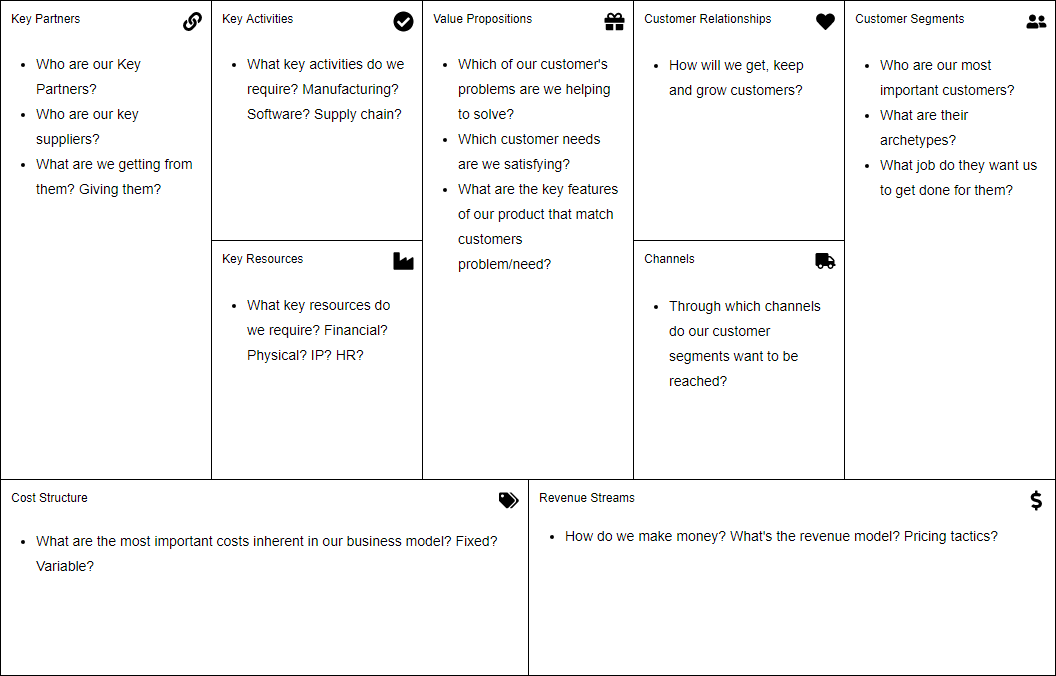
Personalization Techniques: How to Build Strong Customer Relationships
To build strong relationships with customers, personalizing your communication is crucial.
Every interaction they have with your business should feel special and tailored just for them.
Here are some tips on how to implement effective personalization techniques:
- Collect & use customer data: Use the data you've collected about each customer - purchase history, browsing behavior, demographic information - to identify patterns or preferences that can help personalize their experience.
- Tailor messaging: Tailor messaging based on what you know about individual customers by using personalized subject lines in emails or addressing specific issues through targeted messages.
- Implement dynamic content: Implement dynamic content on your website and in emails which changes based on user behavior; this increases engagement by providing highly relevant suggestions at exactly the right time.
- Measure results: Measure results regularly!
Regular analysis will ensure progress towards meeting overall goals for increased conversion rates or other metrics.
Personalization is key to building strong customer relationships.By using customer data, tailoring messaging, implementing dynamic content, and measuring results, you can create a personalized experience that keeps customers coming back.
Personalization is not just a buzzword, it's a necessity in today's business world.
Customers expect businesses to know them and provide a personalized experience.
By implementing these techniques, you can create a unique experience for each customer that will keep them engaged and loyal to your brand.
Personalized communication is crucial for building strong relationships with customers.By using data and implementing dynamic content, you can create a tailored experience that keeps customers engaged and coming back for more.
Don't underestimate the power of personalization.
By taking the time to understand your customers and implementing these techniques, you can build strong relationships that will benefit your business in the long run.
The Role Of Technology In Achieving Effective Customer Segmentation

Effective Customer Segmentation with Technology
Customer segmentation is critical for tailoring marketing strategies towards specific audience segments.
To achieve this, businesses need to efficiently gather and analyze large amounts of data to determine customers' demographics, preferences, behaviors, and buying patterns.
This is where technology comes in.
The Power of Artificial Intelligence
Artificial Intelligence (AI) has revolutionized customer segmentation by identifying patterns among vast quantities of data quickly.
AI algorithms enable companies to make more accurate predictions about what products or services certain customers might purchase next based on their past behavior online.
Benefits of AI-Powered Solutions
- Real-time personalization
- Predictive analytics providing insights into future behavior
- Automated email campaigns targeting specific segments with relevant content
- Chatbots offering instant support tailored for each user's needs
- Data-driven analysis uncovering new opportunities
By effectively implementing technologies such as AI-based systems or automation platforms in their customer segmentation efforts, businesses can achieve better results while reducing time spent analyzing complex datasets manually.
Trends Shaping The Future Of Customer Segmentation

Customer Segmentation Trends: How AI and Psychographics are Changing the Game
Customer segmentation is evolving rapidly, with exciting possibilities and trends shaping the way businesses approach this critical process.
One such trend gaining momentum is using artificial intelligence (AI) to analyze and segment customers.
AI-driven algorithms quickly identify patterns in data sets that human analysts cannot detect.
Another key trend is psychographic segmentation, grouping customers based on interests, values, or personality traits rather than demographic characteristics like age or location.
This allows creating highly personalized marketing campaigns resonating with individual consumers emotionally.
AI-driven algorithms quickly identify patterns in data sets that human analysts cannot detect.
Final Takeaways
As a founder of a startup, I know how important it is to understand your customers. But when I first started out, I struggled to figure out who my customers were and what they wanted. That's when I discovered the power of customer segment templates. These templates help you identify different groups of customers based on their needs, behaviors, and demographics. With a customer segment template, you can create targeted marketing campaigns, improve your product offerings, and provide better customer service. At AtOnce, we use AI to help businesses create customer segment templates quickly and easily. Our AI writing tool analyzes customer data and creates segments based on common characteristics. For example, if you run an e-commerce store, our tool might identify a segment of customers who frequently purchase high-end products. With this information, you can create targeted marketing campaigns that appeal to this group's interests and preferences. Our AI customer service tool also uses customer segment templates to provide personalized support. When a customer contacts your business, our tool analyzes their data and places them in the appropriate segment. This allows our tool to provide tailored responses that address the customer's specific needs. Overall, customer segment templates are a powerful tool for any business looking to improve their customer experience. And with AtOnce, creating these templates has never been easier.- Are you looking for a way to increase customer satisfaction?
- Are you interested in saving time and money?
- Do you want to streamline your customer service process?
AtOnce's AI Customer Service Tool provides a solution to all of your customer service problems.
Our tool is designed to seamlessly integrate with all of your communication channels, including email, Facebook, Instagram, live chat, and CRM. Say goodbye to the hassle of managing multiple platforms and hello to a streamlined customer service experience.- Our AI technology ensures quick and accurate responses to all of your customer inquiries.
- Our tool analyzes customer data to provide personalized solutions that address their specific needs.
- Our 24/7 customer service ensures that your customers receive support around the clock, increasing their satisfaction and loyalty.
Gone are the days of spending hours on the phone with angry customers or sifting through endless emails.
With AtOnce's AI Customer Service Tool, you can save time and focus on growing your business. Our tool does the heavy lifting for you, providing fast and efficient customer service that leaves your customers happy and satisfied. Experience Increased Customer SatisfactionWith AtOnce's AI Customer Service Tool, you can ensure that your customers receive the attention and support that they deserve.
Our tool provides personalized solutions and quick responses, resulting in increased customer satisfaction and loyalty. Happy customers mean a happy business! Try AtOnce's AI Customer Service Tool TodayDon't let poor customer service hurt your business.
Try AtOnce's AI Customer Service Tool today and experience the benefits of streamlined customer service, increased customer satisfaction, and saved time and money. Your customers will thank you!What is customer segmentation?
Customer segmentation is the process of dividing customers into groups based on common characteristics such as demographics, behavior, and preferences.
Why is customer segmentation important?
Customer segmentation allows businesses to tailor their marketing efforts and product offerings to specific groups of customers, resulting in more effective and efficient use of resources and increased customer satisfaction.
What are some common methods of customer segmentation?
Common methods of customer segmentation include demographic segmentation, geographic segmentation, psychographic segmentation, and behavioral segmentation.
